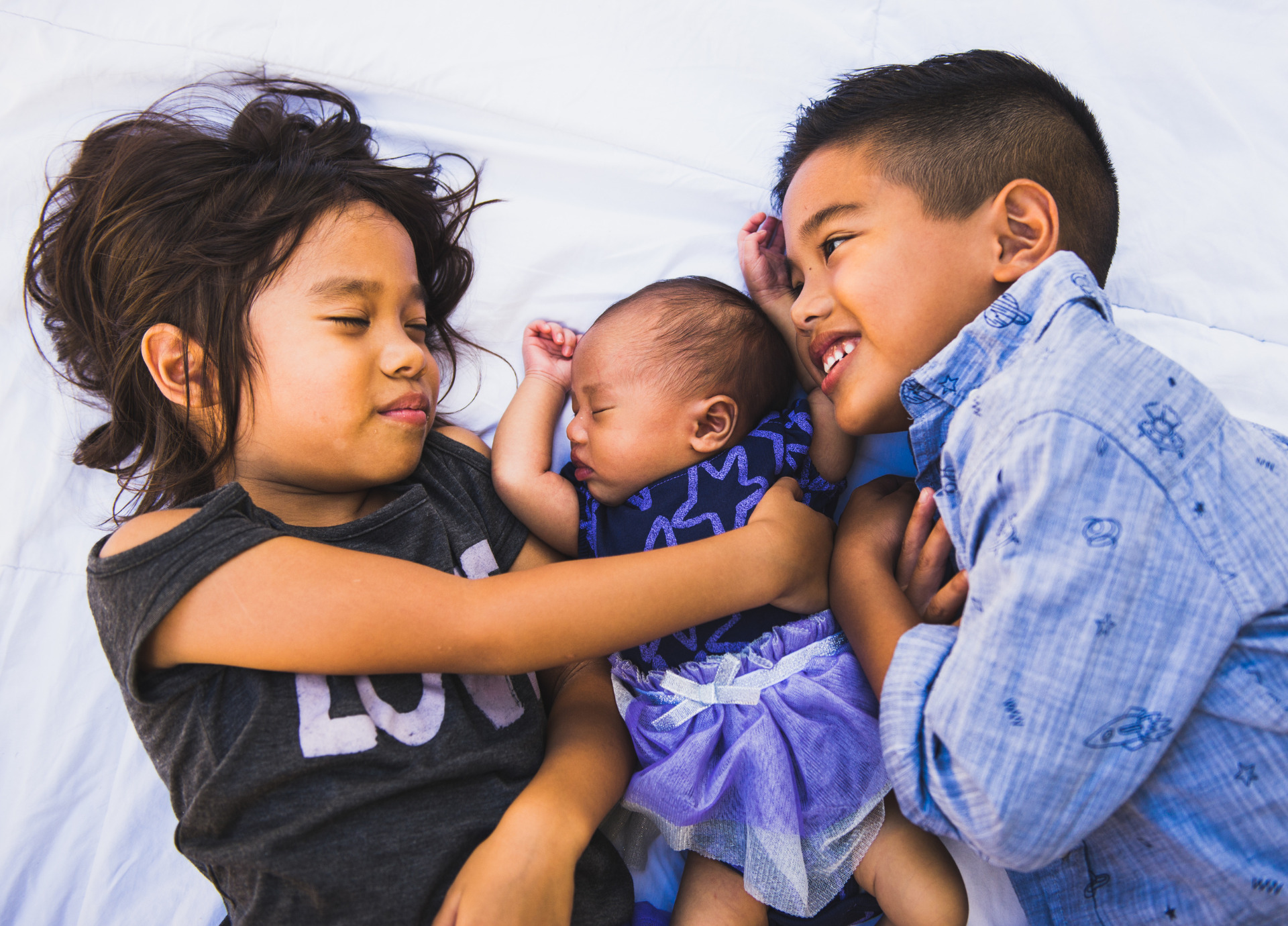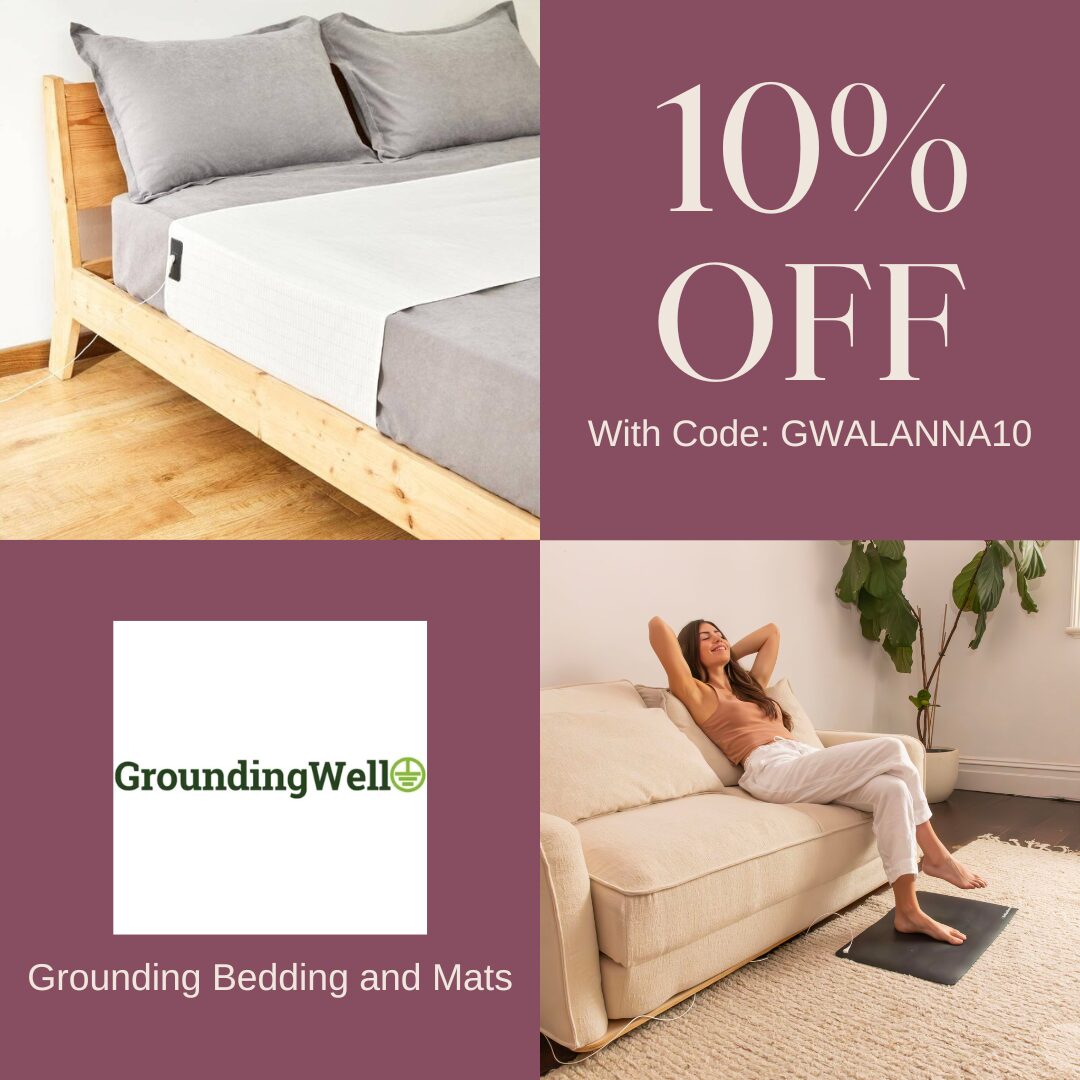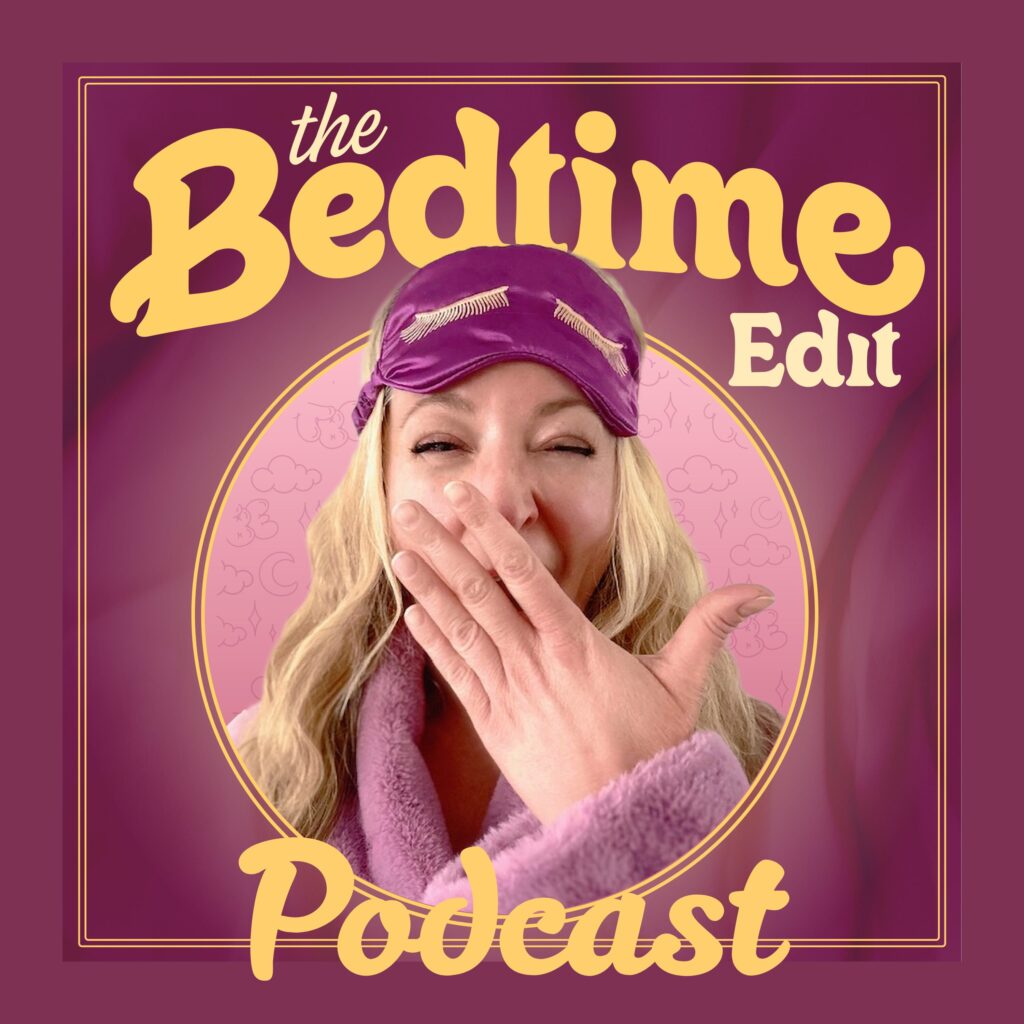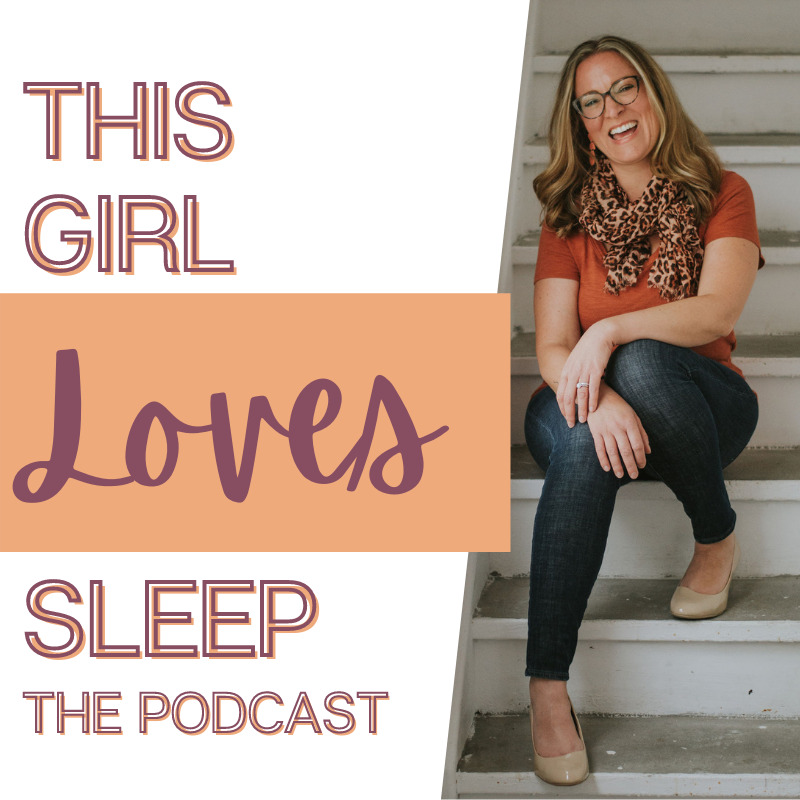Welcoming a new baby into your life can be complicated. Choosing appropriate sleep clothes and bedding doesn’t have to be. The invention of the wearable blanket has been around since the nineties, and the wide range of options to choose from can leave you with decision fatigue. Here we explain the safest and most practical sleep sack options by age, starting with the most vulnerable newborn stage.
Newborns
Keeping your baby safe is the top priority in the newborn stage. New babies are at the highest risk for SIDS in the first months of life. You can ensure your baby’s safety by following the ABCs of safe sleep. Place your baby down to sleep Alone, on their Back and into their Crib, play yard or bassinet.
Sign Up For Our Newsletter
Newborns don’t regulate their body temperature well, so choosing breathable sleep clothes and bedding will protect them from overheating. Choose products that are primarily made of natural fibers like cotton, bamboo, wool, etc.
While you don’t want your little one to overheat, you also don’t want them to be too cold. If you have central heating and air in your home, an all-weather rated sleep sack will work perfectly over their pajamas. If your baby’s bedroom feels too cold, you may add warmth by choosing a thicker Thermal Overall Grade (TOG) rating for your baby’s sleep sack.
The AAP updated their infant safe sleep guidelines in 2022 and discouraged the use of any weighted bedding, sleep clothes or other weighted objects near an infant. Delay using weighted sleep products until your child is well into their second year of life. In a 2021 weighted sleep sack recall notice issued by The Australian Competition and Consumer Commission, “Weighted sleepwear can restrict an infant’s chest and abdominal movement which increases the risk of suffocation.” It also stated, “Weighted products can also limit an infant’s movements. For example, if an infant rolled onto its stomach it may not be able to roll back over.”
Later Infancy
Your baby may sleep best when swaddled, but it isn’t a long-term sleep solution. Transition them to a sleep sack once you see any signs of rolling. Advocates for safe sleep categorize padded sleep suits as a type of swaddle and believe they should be phased out in the same manner as any other swaddle product.
As your baby matures, they will outgrow the height and weight recommendations for their first sleep sack. It can be tempting to save money by purchasing products that give them room to grow. Avoid using sleep sacks that are too large for your child. If there is too much loose fabric, it can pose a suffocation risk. Be sure to regularly check the integrity of zippers, other types of closures and embellishments. Discard wearable blankets when closures look loose or compromised.
Toddlers & Preschoolers
Once your baby moves past the high risk period for SIDS, you may be tempted to introduce a regular blanket into their sleep space. To maintain zero safety risk, postpone introducing loose blankets, and continue to use sleep sacks until your baby fully moves out of their crib.
Once your child completes the crib-to-bed transition, replace their sleeping bag-style sleep sacks with the walker-style that has holes for their feet. This type of sleep sack ensures they can get in and out of bed independently, without inhibiting their mobility. Sleeping in a regular bed is such an exciting milestone. This is often the time families choose to retire sleep sacks and adopt regular blankets.
Children move around less in their sleep and use regular blankets properly around the third year of life. If you must make the transition to a regular bed before age three, it’s perfectly okay to use both a sleep sack and a regular blanket, so your toddler stays warm even if they don’t stay under their blanket.
The third year is also a common time to do nighttime potty training. You will want to discontinue using sleep sacks once you hit this milestone. The extra layer will get in their way or prevent them from getting onto the potty in time. If you are still using onesie zip up style pajamas, switch to sleep gowns or two-piece pajamas for easy access to go potty at night.
My Child Hates the Sleep Sack
Some babies or toddlers genuinely dislike wearing a sleep sack, or even gets distracted from sleep by trying to remove their sleep sack. Since young children change so much each month, you can take a break and then try again next month. Over time, they may accept it and grow to love it. If they never learn to tolerate a sleep sack, add another layer of pajamas and avoid the use of loose blankets, especially for babies under one year old.










